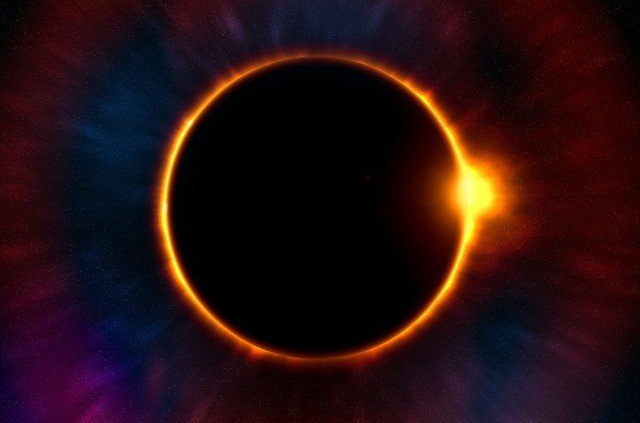
The solar corona is an aura of plasma surrounding the sun. It extends millions of kilometers into space and is most easily seen during a total solar eclipse.
People usually observe solar corona using coronagraph. This equipment can artificially block the disk of the sun and hence image the regions around it.
Nevertheless, the images of solar corona are usually 2D projections of the 3D emitting structure. This is because every instrument observes it from a single angle of vision or two the most.
Detailed knowledge of the 3D distribution of solar corona is very important to advance its modeling.
Fortunately, the problem has been solved due to the development of differential emission measure tomography (DEMT).
In a paper published in Advances in Space Research, the author reviewed all the related work in the field.
DEMT has first introduced 10 years ago. It refers to a technique using a time series of extreme ultraviolet imaging (EUV) to determine the 3D distribution of corona.
The technique has two steps. First, the time series of full-sun EUV images is inversed to find the 3D distribution of the EUV emissivity in each filter band of the telescope. Emissivity is the ability of a surface to radiate energy.
Second, the emissivity found for all bands in a given coronal location is used as a constraint to infer the coronal local-DEM. All moments of the local DEM are taken and form the global maps of the solar corona.
DEMT has been used in observing coronal structures and validating coronal models. It also helps extrapolate the coronal photospheric magnetic field.
In the future, this technique will be used in comparative studies of the solar minima and research of the coronal radiative losses.
Copyright © 2018 Knowridge Science Report. All rights reserved.



